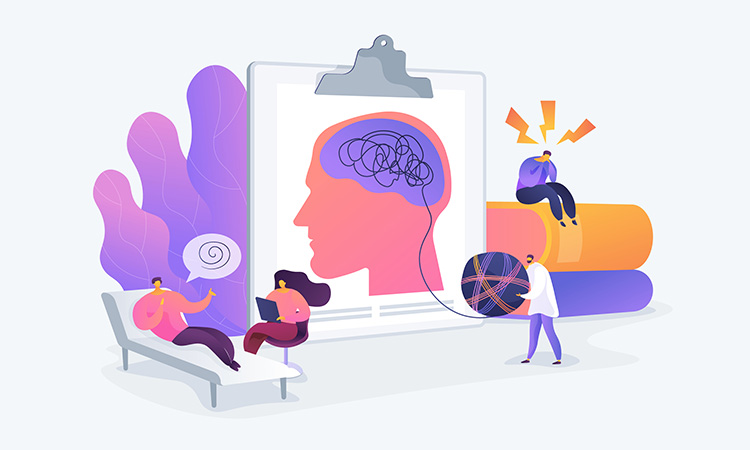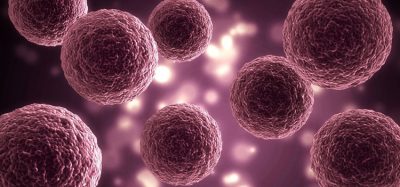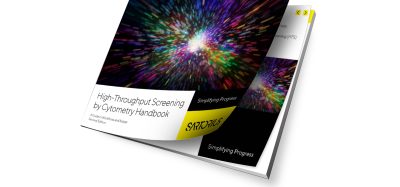Study may be critical step to understanding cognitive disorders
Posted: 21 February 2022 | Ria Kakkad (Drug Target Review) | No comments yet
In a scientific first, researchers have discovered fundamental mechanisms by which the hippocampus region of the brain organises memories into sequences and how this can be used to plan future behaviour.


Researchers at the University of California, Irvine (UCI), US have recently carried out a study which may be an important stage towards understanding memory failures in Alzheimer’s disease and other cognitive disorders. Combining electrophysiological recording techniques in rodents with a statistical machine learning analysis of huge troves of data, the UCI researchers found evidence suggesting that the hippocampal network encodes and preserves progressions of experiences to aid in decision-making. The details of the study were published recently in Nature Communications.
The project, which took more than three years to complete, involved experimental and data analysis phases. The researchers monitored the firing of neurons in rats’ brains as they underwent a series of odour identification tests. By presenting five different smells in various sequences, the scientists were able to measure the animals’ memory of the correct sequence and detect how their brains captured these sequential relationships.
Obtained in millisecond intervals over several minutes, neuronal activity and inactivity measurements present a dynamic picture of the brain’s functioning. The researchers said that in some ways, they were able to “read the minds” of their subjects by viewing the “coding” of the cells – which ones were firing and which were not – in rapid succession.
The scientists knew from early on the hippocampal activity readings would result in large quantities of raw data. Therefore, from the beginning, statisticians from the Donald Bren School of Information & Computer Sciences were involved in the study.
“These emerging neuroscience studies rely on data science methods because of the complexity of their data,” said senior co-author, Professor Babak Shahbaba, UCI Chancellor’s Fellow. “Brain activities are recorded at millisecond scale and these experiments run for more than an hour, so you can imagine how fast the amount of data grows. It gets to a point that neuroscientists need more advanced techniques to accomplish what they had imagined but were not able to implement.”
When neurons encode information such as memories, scientists can get a glimpse of that process by examining the pattern of spiking activity across all recorded neurons, known collectively as an ensemble. This way, the researchers were able to decode the firing of neurons to retrieve information.
“We found that we could treat these neural patterns as images and this unlocked our ability to apply deep machine learning methods,” Shahbaba said. “We analysed the data with a convolutional neural network, which is a methodology used frequently in image processing applications such as facial recognition.”
The tools and methodologies developed during this project can be applied to a wide range of problems and the research team say they may extend this line of inquiry into other brain regions.
Related topics
Big Data, Disease Research, Neurons, Neurosciences
Related conditions
Alzheimer’s disease, cognitive disorders
Related organisations
University of California Irvine (UCI)
Related people
Professor Babak Shahbaba







